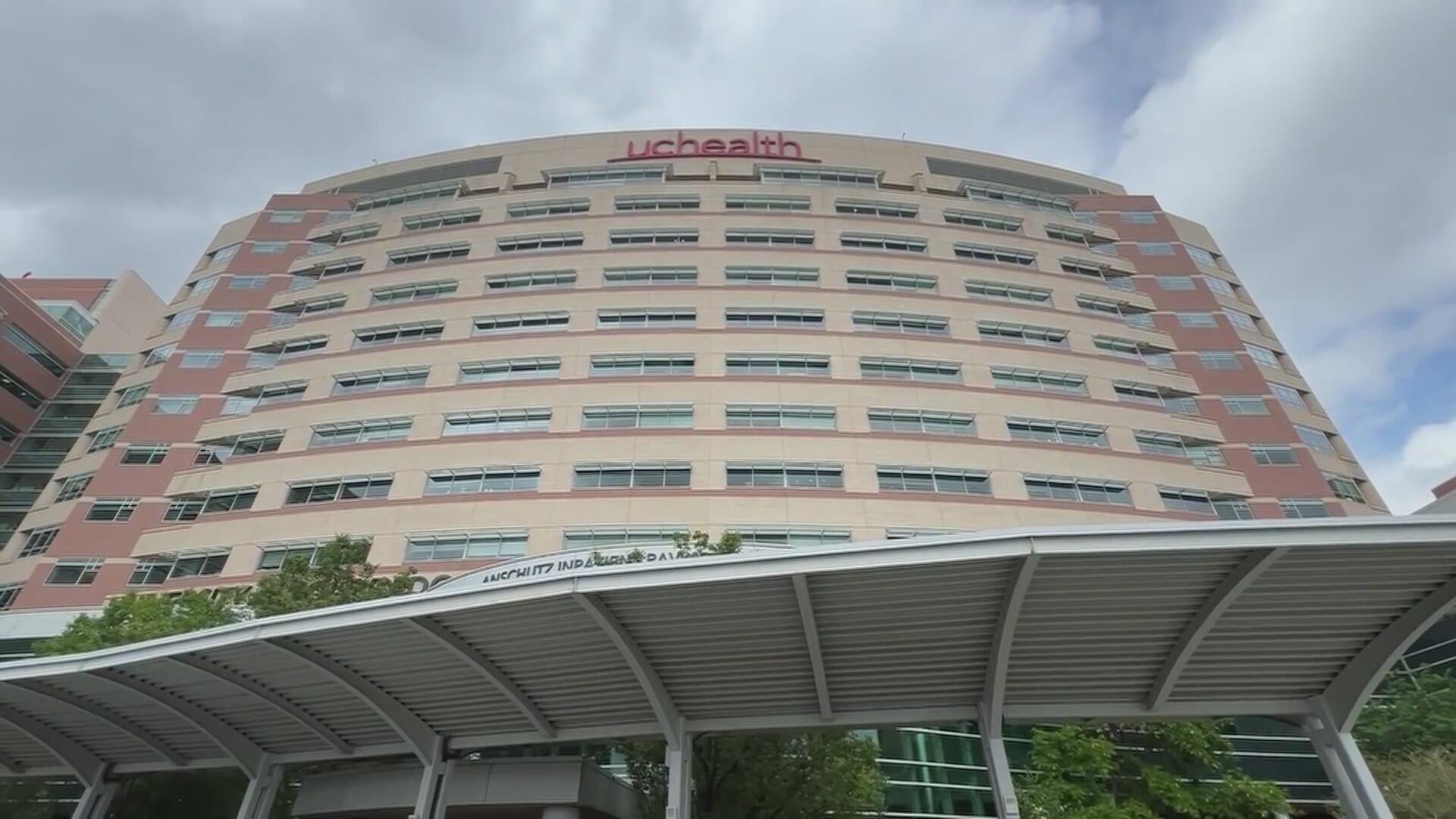How one Colorado hospital's expertise in treating burns is helping those injured in Boulder terror attack
Of the people who were injured during the fire bombing terror attack in Boulder on Sunday, three of the victims remain hospitalized at UCHealth as of Tuesday night. They were being treated at UCHealth's Burn and Frostbite Center in Aurora, and two of the three had to be flown to the hospital following the attack due to the severity of the burns.
Jenn Wilson, nurse manager of the burn center, invited CBS News Colorado's Dillon Thomas into he burn unit to learn more about how they helped the victims of the attack.
While unable to share any specific information about the victims due to privacy laws, Wilson was able to share how the center operated during the response.
"It's kind of an all-hands-on-deck situation. When we have several patients coming in at the same time, typically we send out a page to get more help to come to the unit." Wilson said.
Officials initially said five people were injured, then eight, then 12, then 15.
The burn center in Aurora is one of only about 70 in the United States that has been accredited by the American Burn Association.
"That designation indicates that we give the highest quality of burn care that we can," Wilson said. "There are only a handful of ABA-verified burn centers in the country, so this is the gold standard of care and the best place for a burn patient to come."
Wilson noted that an immediate response and admission for care at the burn unit is important for those severely burned.
"The sooner they get to a hospital or an emergency department, or anything like that, the better," Wilson said.
Some witnesses told Thomas they were trying to put out the fires on their peers, however, water wasn't working at times. Some also recalled seeing clothes burning into the victims' skin.
While unable to speak about the Sunday attack, Wilson said they always have a way to treat patients who may have other contaminants impacting their skin.
"When there's chemical on the body, we may need to decontaminate the patient," Wilson said.
Wilson said it is important for the response and care team to determine what percentage of the body is burned.
In general, the size of someone's palm is considered to be 1% of their body.
Wilson said the average hospital stay for treatment is around one day for every 1% burned. That means some people severely wounded may have to spend weeks or even months in the hospital before they are healthy enough to try and transition home.
"It is a long road for folks with a larger burn to get grafted and covered up. But, we are here for them every step of the way for them to get out of here and thrive," Wilson said.








